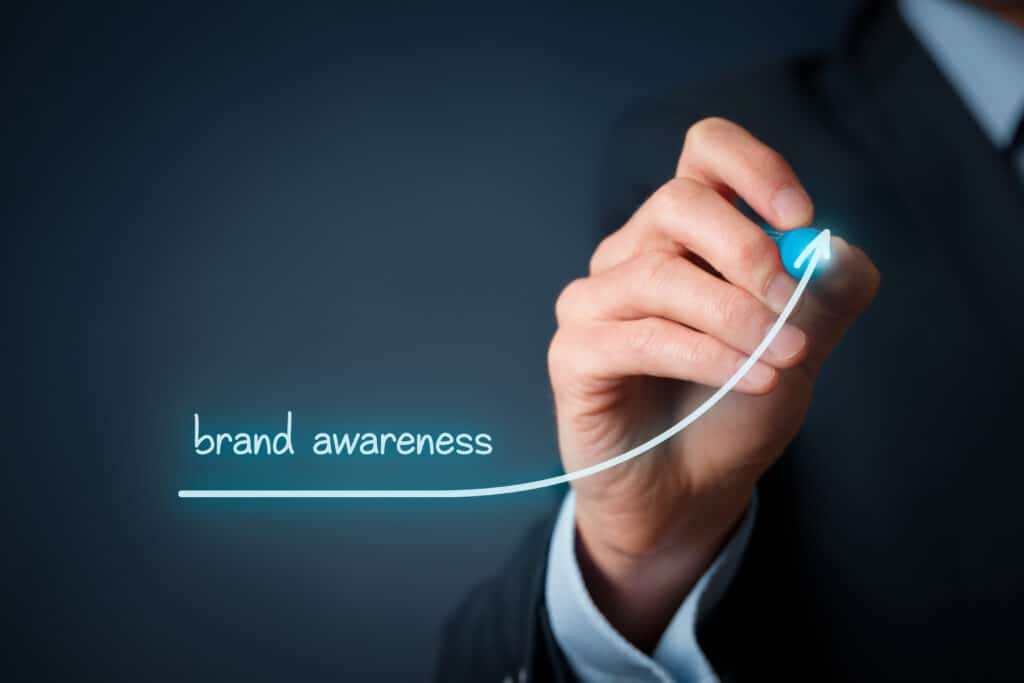How can PR help a business or organisation?
We’ve sat down with our Peppermint Soda experts to highlight the multifaceted ways in which PR contributes to brand building, from generating awareness to managing reputation and driving business growth.
Public Relations (PR) is an essential strategy for brand identity and reputation. In a market where purchasing decisions and business decisions are highly driven by consumer perceptions, PR strategies play a vital role in shaping how a brand is perceived. PR enables a brand to establish credibility and foster long-term relationships with customers and stakeholders.
According to Forbes, effectively executed public relations can enable a company to gain earned media coverage, contributing to establishing its brand identity and industry reputation. This, in turn, can bolster a brand’s visibility within the market and ultimately lead to increased sales, customer base or clients.

1 – Building a brand identity
Building a brand identity means figuring out what sets a company apart. Ask yourself: What do we offer? Why does it matter? Why should people care?
The answers to these questions can then be used to plan a PR strategy, understand the target audience, and decide which media to reach out to. This approach also helps shape the brand’s values and where its product fits in the market.
2 – Creating Brand Awareness:
Once an identity has been established, the time comes to build awareness of the brand.
At the heart of brand building lies the need to create noise among the target audience, letting those needing services or products know about the brand within the marketplace. PR really comes into its own here, with various channels being part of a PR strategy, such as media relations, influencer partnerships, and social media engagement, all of which can amplify a brand’s message and awareness.
For new brands, a PR campaign is vital in shaping the story, creating buzz, and building a target fan base.
A PR strategy and a PR professional can assist a brand by connecting with journalists for media coverage and reaching out to customers. Through strategic storytelling, PR can make sure that each story resonates with the target audience, helping to capture attention and leave a lasting impression. By securing media placements, organising events, and participating in industry conversations, PR helps brands create a space for themselves in the minds of consumers, stakeholders, and clients, laying the foundation for future engagement and loyalty and, ultimately, harnessing brand awareness. By utilising social media and digital marketing, the brand stays at the top of the mind and relevant to its audience.
3 – Building Credibility and Trust:
To do well in business, there must be trust. Trust is the currency of modern business, and PR is a key facilitator in earning and maintaining trust among consumers, stakeholders, and clients. Usually, these choose brands because they know of them or they’ve seen them regularly in the industry. PR is a great way to catch these potential consumers’ eyes. When a brand is featured positively in the media or endorsed by a respected figure, it’s invaluable. This boosts brand awareness, credibility, and trust and can lead to repeat business and brand value.
Through thought leadership initiatives, expert commentary, and transparent communication, PR helps position a brand as credible and reliable within its industry. By consistently delivering valuable and authentic content, brands can establish themselves as trustworthy partners, thus creating stronger connections with their audience.
PR also plays a crucial role when things don’t go as well. The way in which a brand manages a crisis can have a huge impact on the trust of a brand. If a brand addresses concerns promptly with a crisis communication strategy and offers a clear and concise plan of action, there’s a better chance that the brand’s credibility will remain. Building a crisis communications strategy into any PR plan is always a good idea, even if it’s never needed. You can read more about those here. Dealing with a crisis promptly and truthfully then demonstrates accountability and integrity, which are essential components of building long-term trust.
4 – Managing Reputation:
A brand’s reputation is its most valuable asset, and PR plays a critical role in safeguarding and enhancing it. Strategic efforts undertaken by an organisation can ultimately shape and control how a business is seen by key parties, including stakeholders, customers, and the general public. Managing reputation doesn’t just mean managing crises and negativity but also creating positive stories to put a brand in a good light and enhance trust and credibility.
By monitoring media coverage, social media conversations, and online reviews, PR professionals like us can showcase a brand, harnessing its position in the marketplace and showcasing its expertise. We can also identify potential threats to the brand’s reputation and proactively address them. Of course, this might include the above-mentioned crisis comms and, responding to negative publicity, addressing customer grievances, but it might also involve managing stakeholder perceptions, as these PR strategies are designed to protect the brand’s image and maintain its credibility in the eyes of the public. Through effective reputation management practices, brands can weather storms and emerge stronger, reaffirming their commitment to excellence and integrity.
5 – Standing out in the marketplace:
In a crowded marketplace, standing out is essential for capturing the attention of consumers. PR helps brands get their unique value proposition from an internal idea to an external entity, helping them distinguish themselves from competitors through strategic messaging and positioning.
PR tactics can highlight a business’s unique value proposition by using compelling stories and utilising media relations. Together, these can aid in securing positive coverage and endorsements from respected figures. Using social media to engage with influencers can also help to amplify a brand’s message and reach new audiences. And, leveraging social media with creating interactive and engaging content will build brand awareness and set a brand apart from comparators. By consistently delivering authentic and memorable experiences, PR helps your brand cut through the noise and leave a lasting impression, ultimately driving growth and success.
6 – Fuelling Growth and Engagement:
The success of a brand hinges on its capacity to not only grow but also to create deep connections with its target audience. PR can be a huge factor in accomplishing these goals by orchestrating positive publicity and shaping consumer perceptions. PR initiatives facilitate brand exposure to fresh audiences through planned campaigns, strategic partnerships, and engaging promotions, enabling market expansion and increased sales. Ongoing dialogue with consumers cements a sense of community, cultivating loyal brand ambassadors who promote its values. This relationship between PR and audience engagement fortifies brand loyalty and propels sustained growth and relevance in an ever-evolving marketplace.
Public relations is an indispensable component of brand building, offering a strategic framework for shaping perceptions, building credibility, and fostering meaningful relationships with stakeholders. From creating awareness to managing reputation and driving growth, PR strategies are instrumental in helping brands navigate the complexities of the modern marketplace and emerge as trusted leaders in their respective industries. By investing in PR initiatives that align with their values and objectives, brands can effectively position themselves for long-term success and sustainability in an ever-evolving landscape.
Need any help with your next steps with PR? Then contact us today for a chat at [email protected]. We’d love to hear from you.
Read all about it...
LATEST NEWS

How to Build a Brand Strategy That Actually Drives Results in 2026

What Is Brand Strategy? A Complete Guide for Growing Businesses


